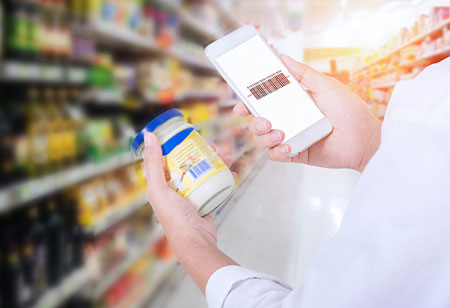THANK YOU FOR SUBSCRIBING
Smart Labels for Smarter Consumption
Food-borne illnesses have challenged every grower, supplier, and distributor worldwide in the recent past.

By
Apac CIOOutlook | Monday, August 05, 2019
Stay ahead of the industry with exclusive feature stories on the top companies, expert insights and the latest news delivered straight to your inbox. Subscribe today.
FREMONT, CA: Food-borne illnesses have challenged every grower, supplier, and distributor worldwide in the recent past. One of the significant ingredients in fast food and salad bars is lettuce, and it is making its way into the menu rapidly but no in an ideal way.
The outcomes of many outbreaks caused out of food-borne illness were scary numbers in both intensity and duration. The situation prompted the restaurant owners and others in the supply chain to figure out the primary source of the outbreak, even when it can be time-consuming and mundane. But there were issues faced by the operators to search for better ways to handle the tracking of their produce to spot a potential food safety hazard soon.
The technology of radio frequency identification (RFID) is gaining traction rapidly when it comes to the food safety arena, which is considered to be far superior to bar codes.
RFID provides a digital identity such as a smart label on the product and uses wireless technology to give fast and accurate inventory visibility as well as traceability through scanning. With the growing complexities in the supply chain, RFID labels bring faster traceability, enhance food safety, and cut down food waste.
The advantage of having a smart label is that it maintains the integrity throughout the supply journey starting from source, processor, and distributor to the kitchen and retailer. On the other hand, RFID enables restaurant operators to track the route of each batch of the product and utilize the information instantly as the tags encoded with digital data will be stored on the cloud.
The smart label data can be interpreted outside the scanner’s line of sight and can also be looked at in batches instead of individual items, which can prevent the fall in temperature of the delicate piece. The drive-throughs can be considered as another benefit, which is run by delivery trucks free the staffs from running the inventory and shift their service back to the customers. The smart labels can disclose the origin of the item and its whereabouts or stoppages along with its used-by dates.
The useful insights provided by RFIDs and smart labels are the kind of information that allows the operators to know and act sooner on the possibility of any harm to the safety of the food.





